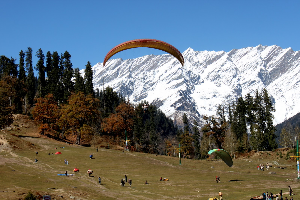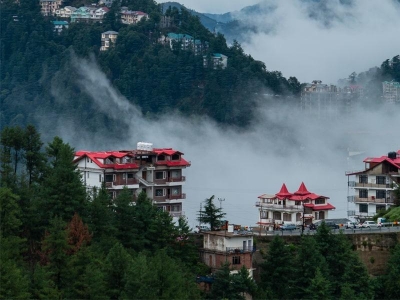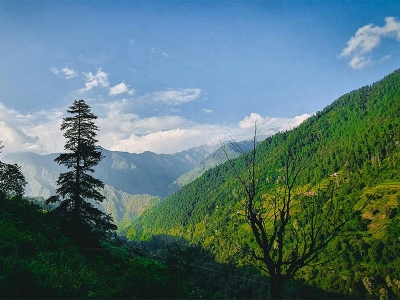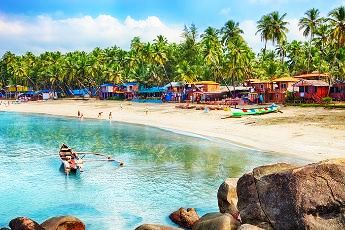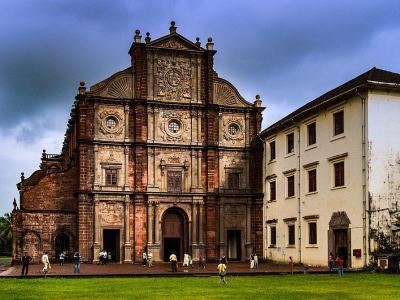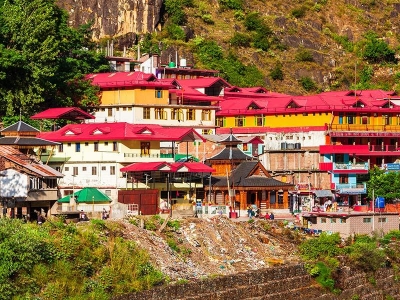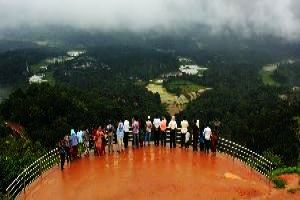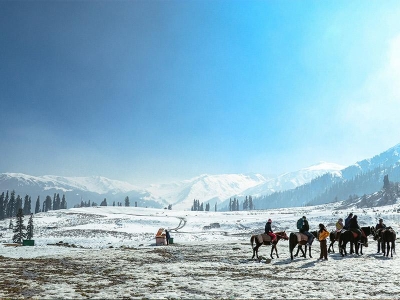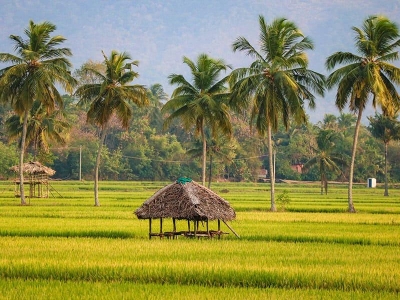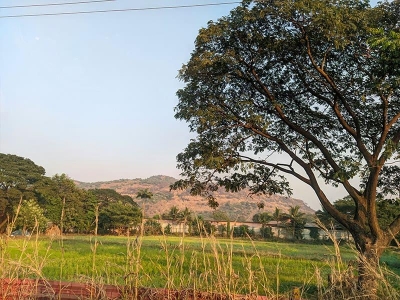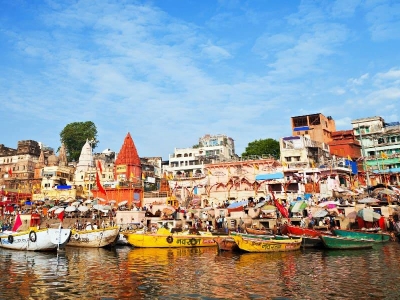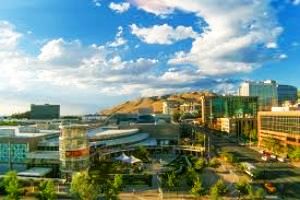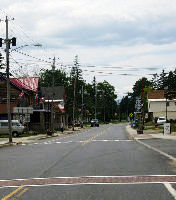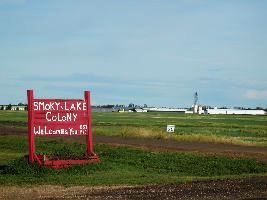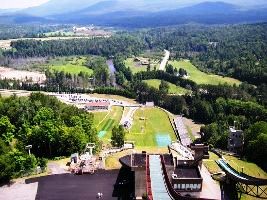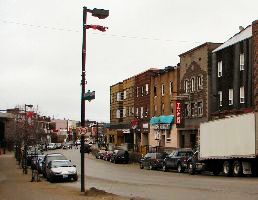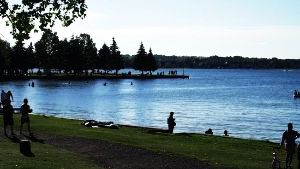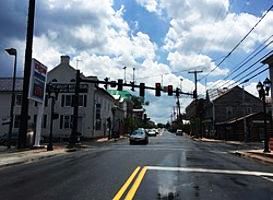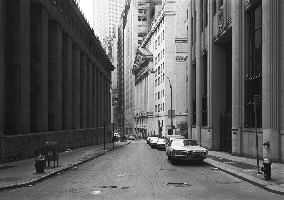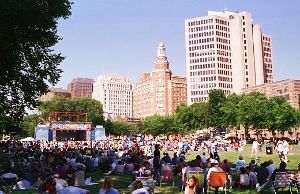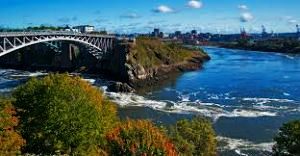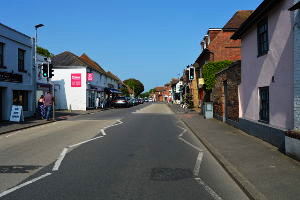Places to visit in Sikkim
Things to do
Packages
Ideal Days
Best time to visit
Q&As
About Gangtok
Gangtok, the capital of Sikkim rises above the northeast, on the ridge of a hillock at an altitude of 1,700 metres. A landscape of stark cliffs, which plunge into the valleys below, it is known both for its scenic beauty and striking views of Mount Kanchenjunga, which is the third highest peak in the world.
A more recently established Indian state, Sikkim became a part of India only in 1975. Before this, the state formed by the Namgyal kings in the seventeenth century was ruled by the Chogyal Buddhist priest-kings. Yet the Buddhist influence remains the strongest influence and continues to shape this state, which shares its borders with the Tibet Autonomous Region in China, Bhutan in the east, and Nepal in the west.
Apart from its scenic views, there is much to see in this town, chronicling Sikkim’s rich, complex and ancient history. Spiritually, it is perhaps most connected to Ladakh, given both the region’s roots in the old Tibetan empire.
WHAT TO SEE
Tsuklakhang Palace: Built in 1898, this palace also initially served as the royal chapel. Ancient scriptures and art were installed at The Tsuklakhang Monastery, while coronations and other royal ceremonies were held at the Tsuklakhang Palace. Though it is a simple structure, strikingly unlike a palace, the Tsuklakhang Palace remains a fine modern representation of traditional Sikkimese art and culture.
Do DrulChorten Stupa: Constructed in 1945, Do DrulChorten is Sikkim’s largest stupa. Travellers are greeted with the rare sight of 108 prayer wheels, which encircle the monastery.
Khangchendzonga National Park: This is a UNESCO World Heritage site and is home to rare species such as the snow leopard, Himalayan tahr, dhole, sloth bear, red panda, Tibetan wild ass and the Himalayan blue sheep. It has documented at least 550 species of birds here.
Nathu La: A part of the old silk road between India and China, Nathu La is a modern-day pass separating India and China. While the view at the top of the pass is ordinary, the route to the top is truly memorable.
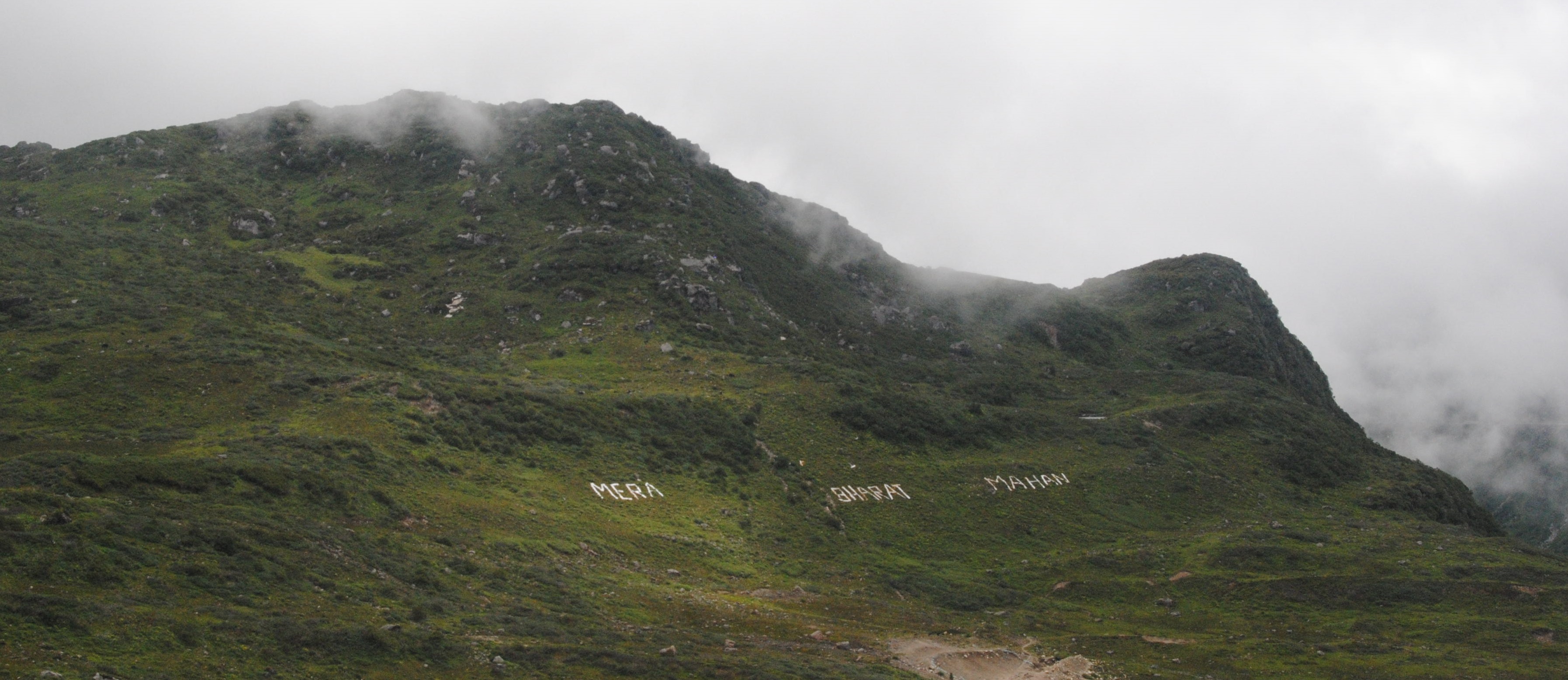
Our tip: Cameras are not allowed at the top. So, though it’s disappointing, be prepared to leave yours behind in the car at the summit. The only consolation is that the best views are in fact on the way to the top.
Tsomgo Lake: A high altitude lake, Tsomgo Lake is known for its changing colours with every season. The lake finally freezes during the peak winter months.
Our tip: Tsomgo Lake is one of the few places in India where you will have an opportunity to ride a yak. It's a great place to get that off your bucket list.
Namgyal Institute of Tibetology: Set up in 1958, it is one of the foremost centres for the study of Tibetan culture and its traditions. It is renowned for its library with the largest collection of Tibetan works, outside Tibet. Its museum is known for its precious collection of ancient artifacts, religious relics and artwork, many of which were brought to India from Tibet, China, and South Korea.
Directorate of Handicraft and Handloom: The museum at the Directorate of Handicrafts and Handlooms exhibits artwork from local artists and artisans. It is a true glimpse into the many rich and diverse crafts of Sikkim. You can also buy the local handicrafts of Sikkim at the sales emporium here.
Enchey Monastery: This almost 200-year-old monastery is today home to over 90 monks. It is believed to have been established in 1840 by the revered Tantric monk Lama DrupthobKarpo, who was renowned for his flying power. It was later rebuilt in 1908 to represent the sacred mountain of five peaks in China.
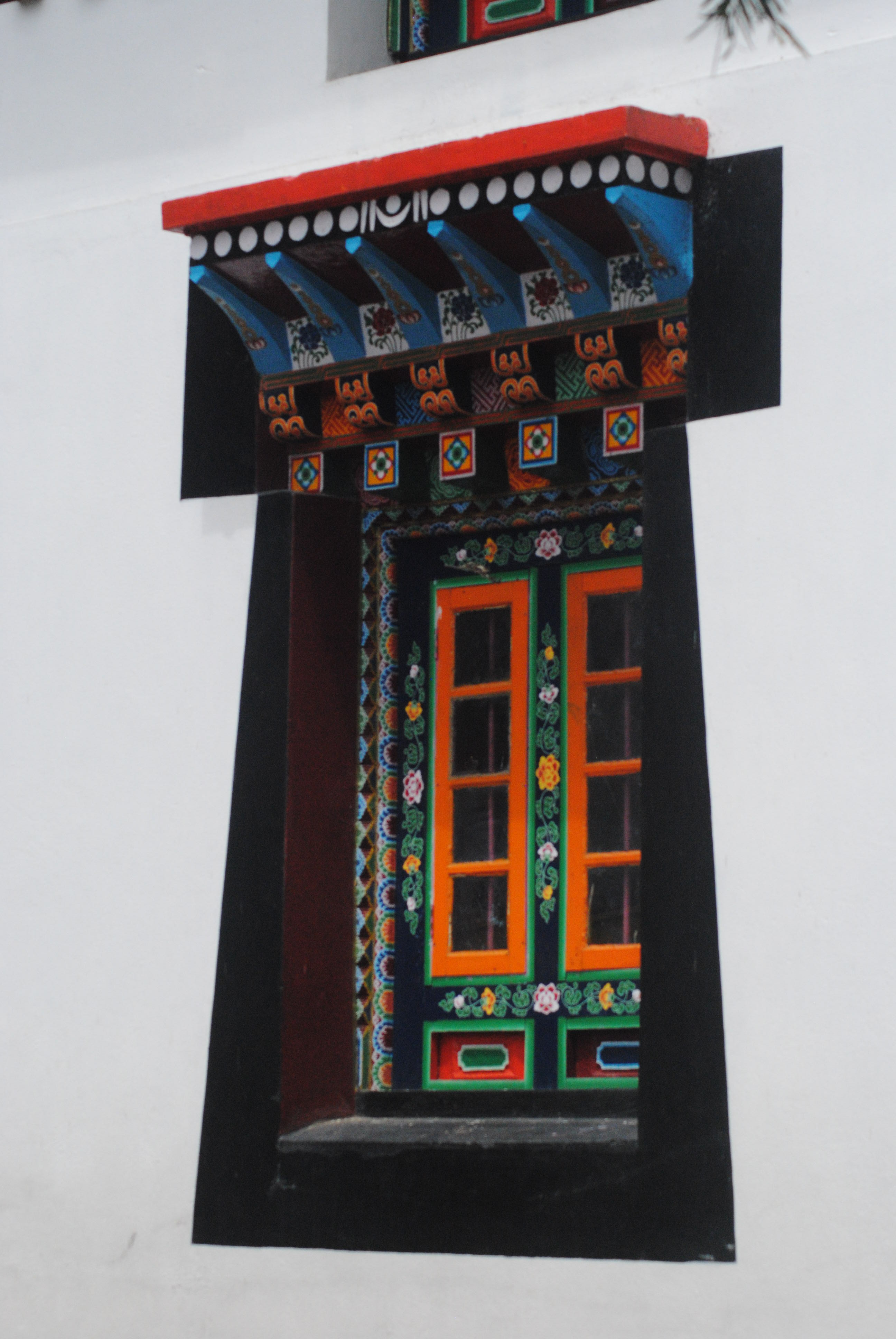
WHAT TO DO
Most visits to Sikkim involve the traditional drives to the Nathu La, Tsomgo Lake, and Sikkim’s ancient monasteries. But while you are in Gangtok city, you must take a cable car ride as well over the town. That’s one more experience to get off your bucket list and a view unlike any other.
What to eat: You cannot leave Gangtok without trying its traditional Tibetan thupka and momos, of course. But we would also recommend trying a cup of Sikkim tea and digging into a heartwarming bowl of Bamboo Shoot Curry.
What to buy: The best place to shop for handicrafts is the Directorate of Handicrafts and Handlooms. Here you will find genuine Thanka paintings, traditional carpets, and wooden carved and painted sculptures. But another representative takeaway from Sikkim is its finely crafted prayer bells and prayer wheels.
Getting around: The only way to travel to Sikkim’s many distant peaks is to hire a cab. Public transport is sparse and not very reliable.
Where to stay: Tourists visiting Gangtok choose accommodation at its many homestays and resorts. But these are often located in distant parts of the town. So, when arranging your accommodation, check for the best views. Later work with your hosts to arrange transportation to visit the town’s top sites.
The best time to visit: The best time to visit Gangtok is between the summer months of June and September. During the monsoons, the landslides in hills in this part of India are greatly feared. Later, its high-altitude lakes also freeze during winter.
How to get there: Gangtok is connected to the rest of India by road. The nearest airport is in Bagdogra, and the closest railway station is in Siliguri. The best way to commute between these towns is with a hired cab. Public transport is unreliable, and a private bus network does not exist in these parts of India yet. In some ways, it's as cut away from the rest of the world as you can possibly be.
Our tip: You could also get a cab to Siliguri and travel onwards to the Darjeeling on the historic Darjeeling Himalayan Railway.
Content and photo credit: Christina Daniels
Gangtok Rating & Reviews









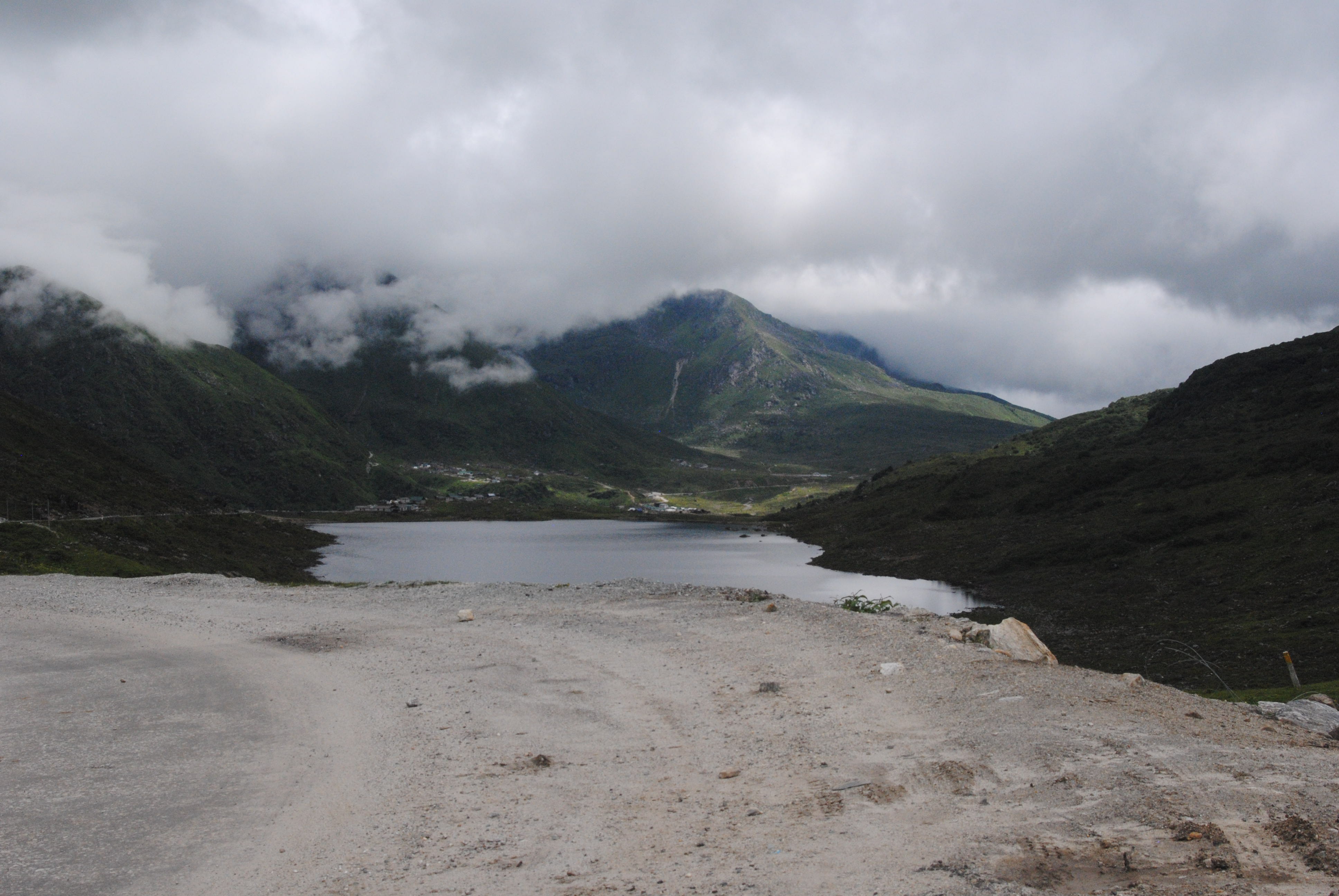
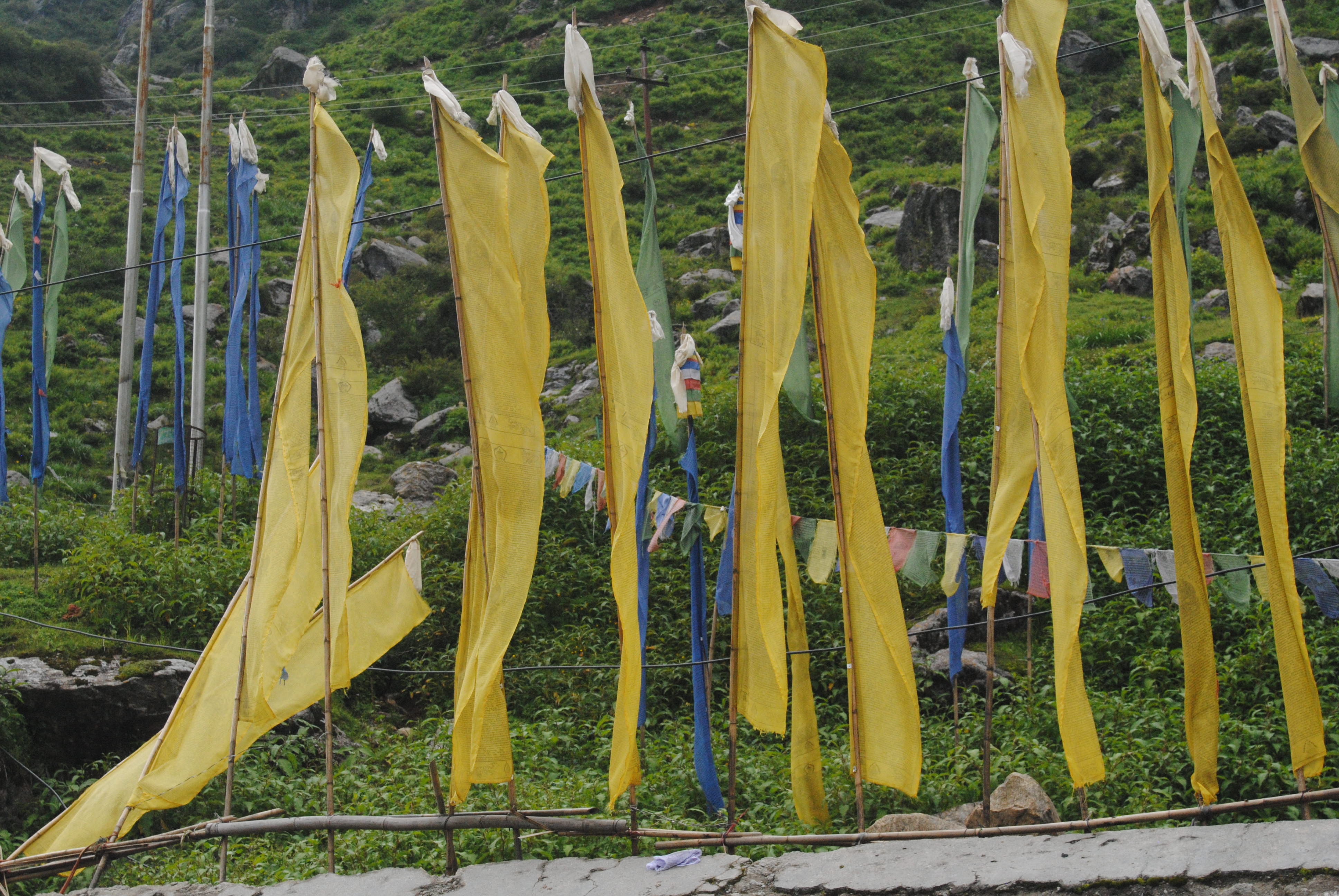
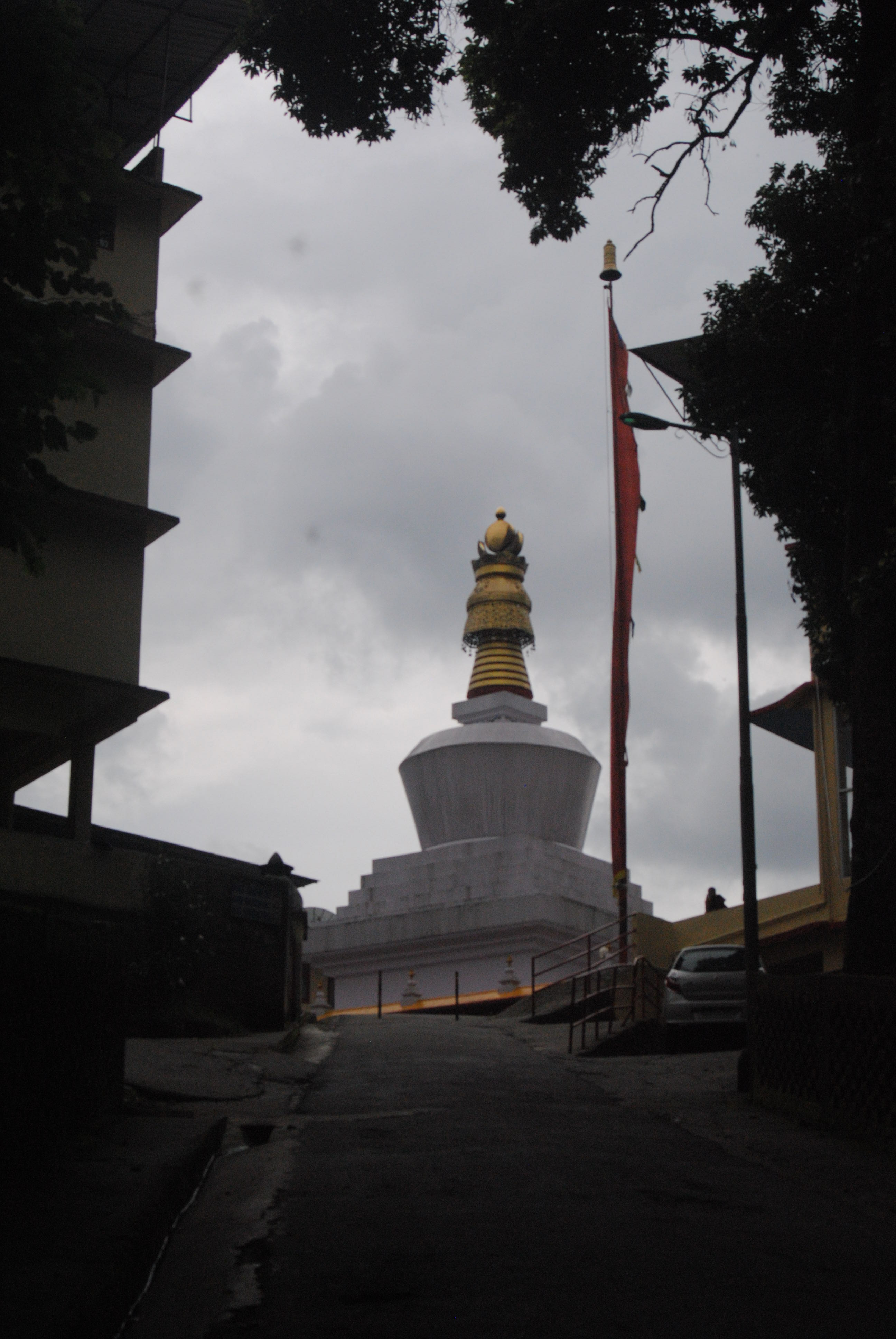
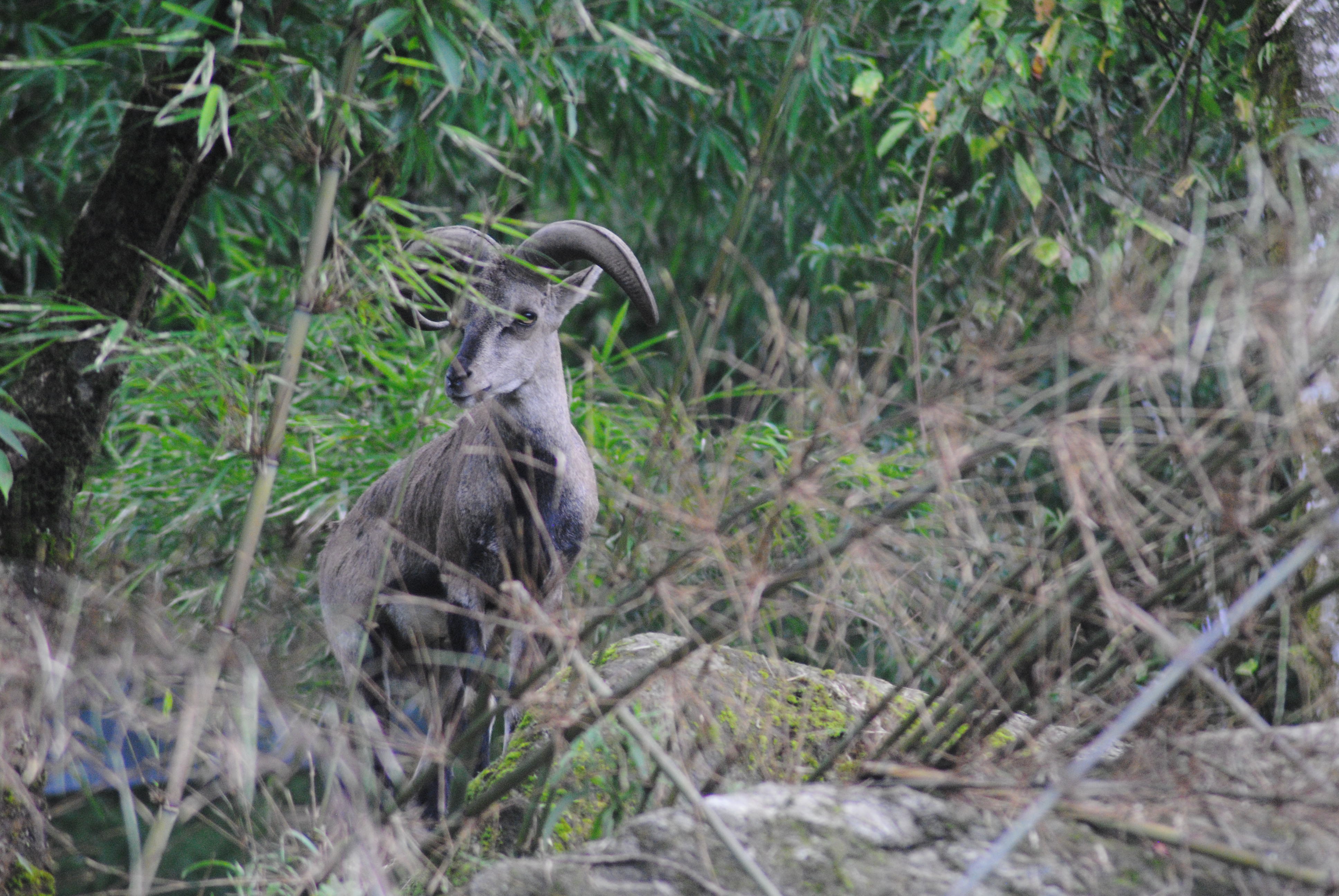
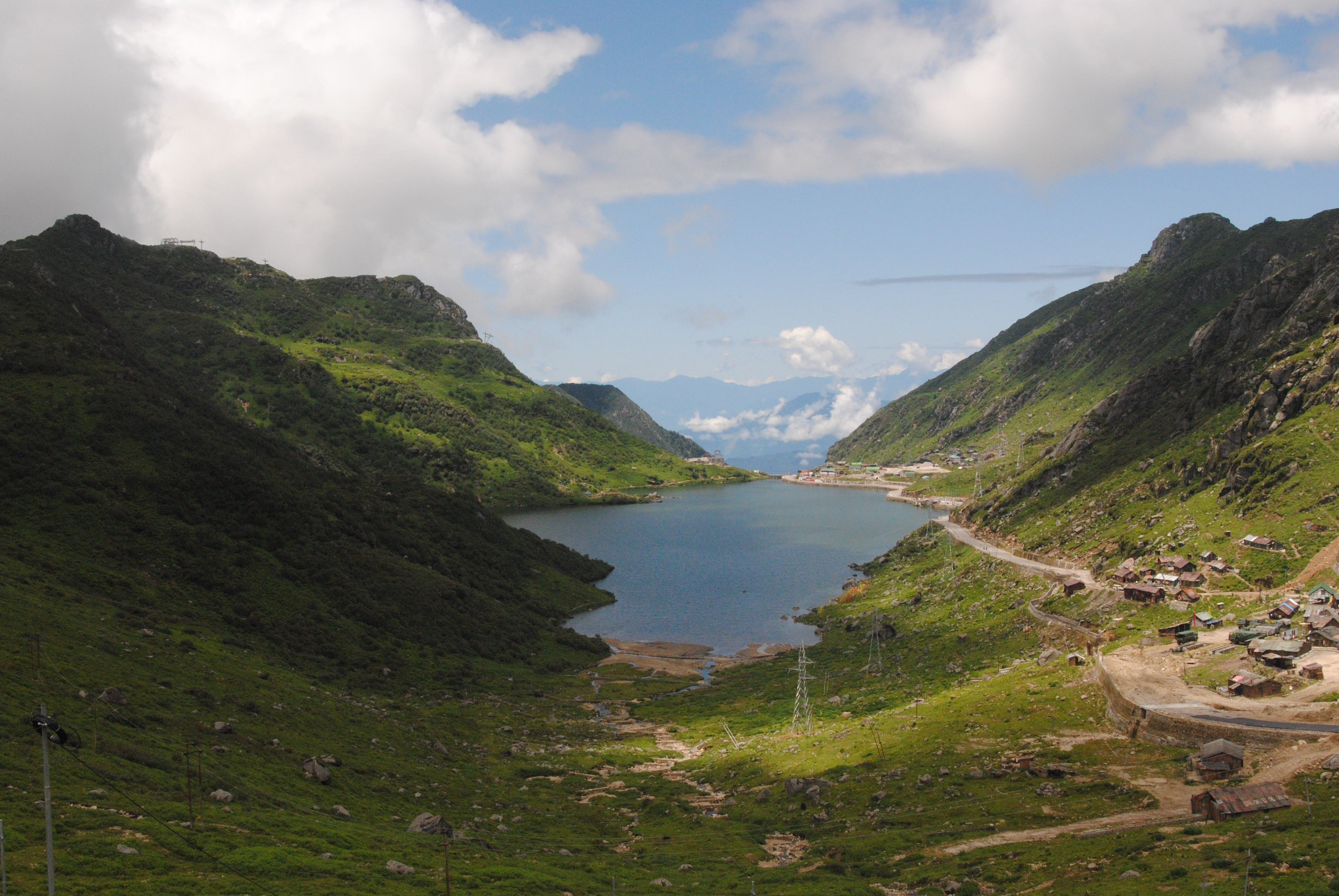
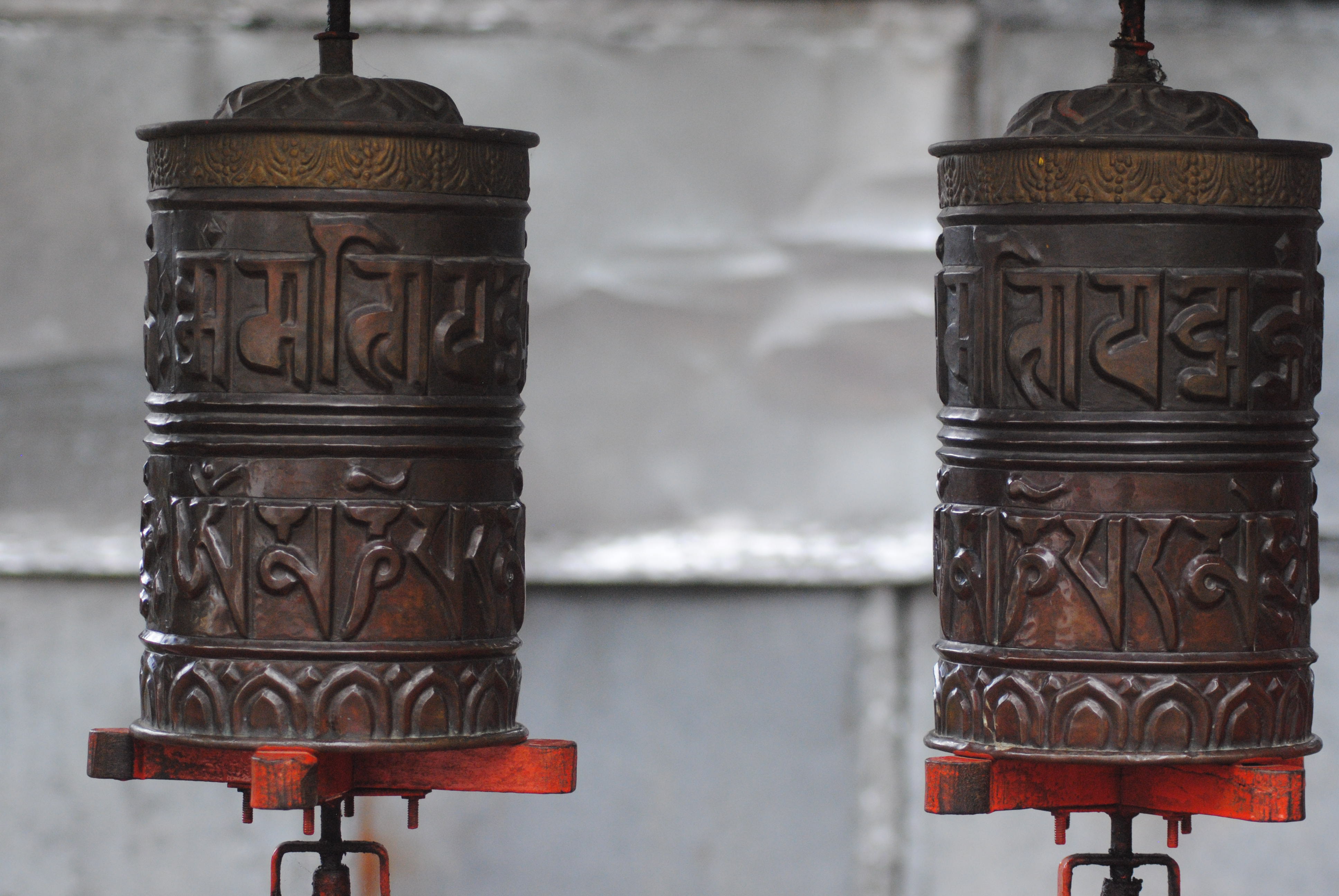
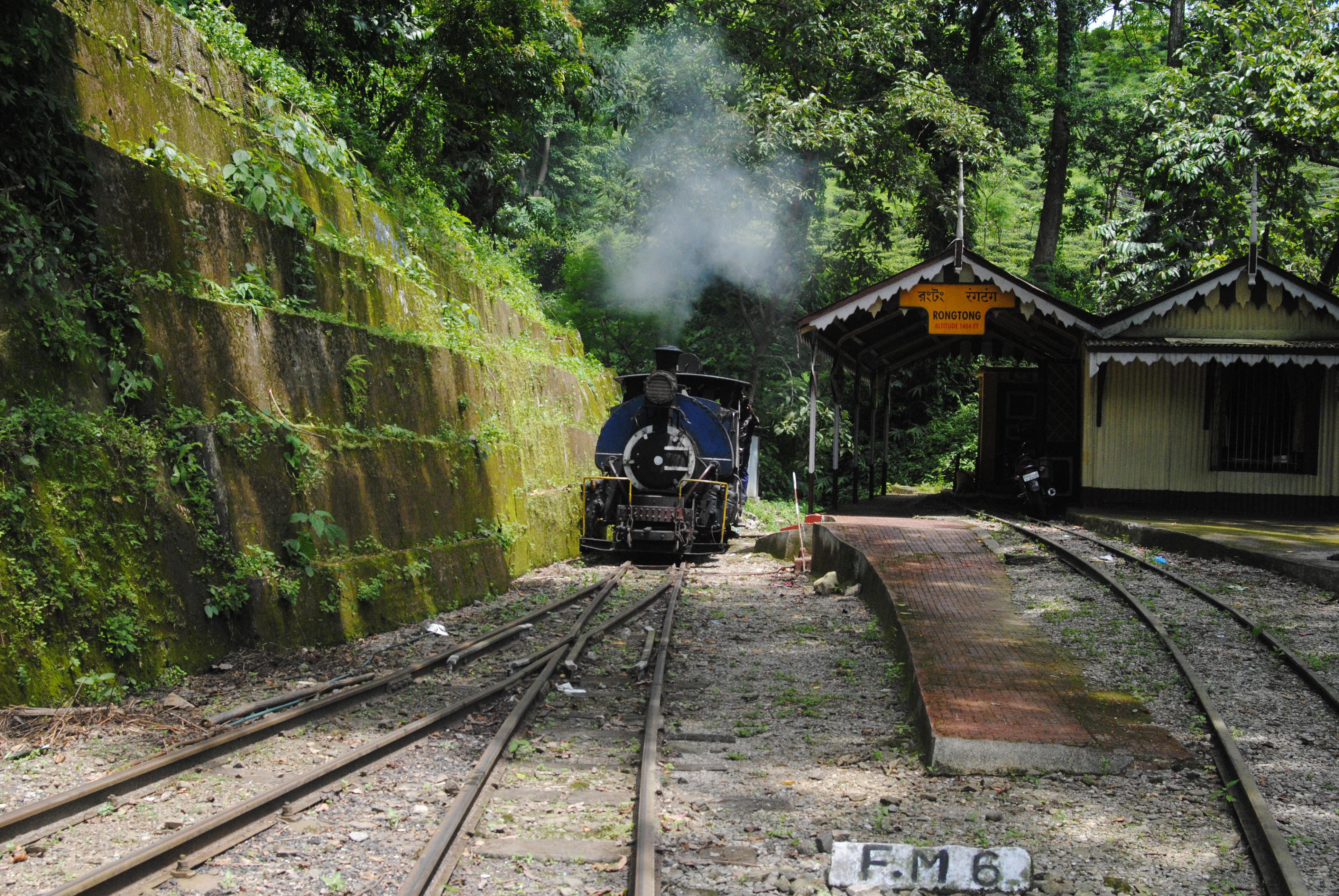
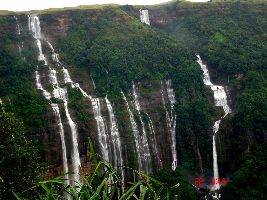
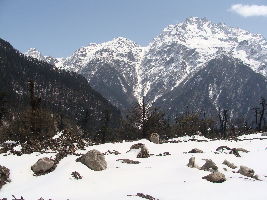
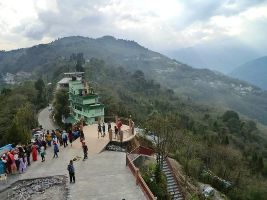
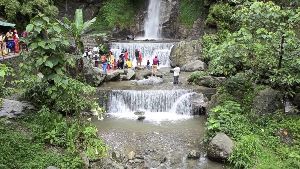
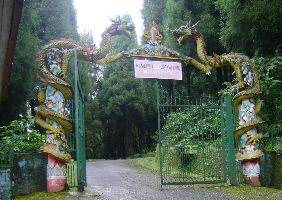
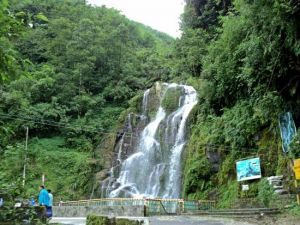
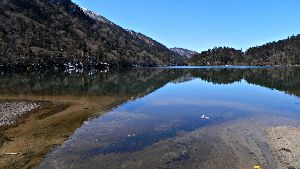
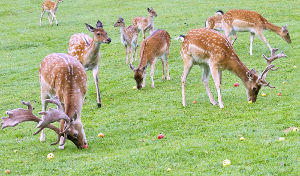
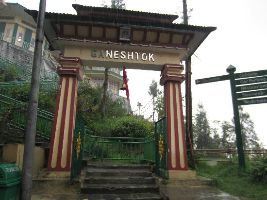
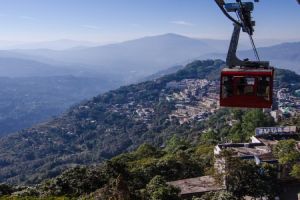
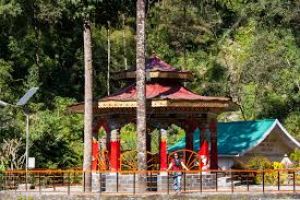
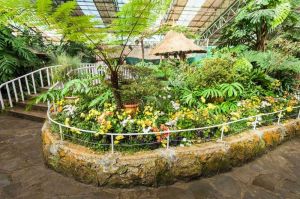
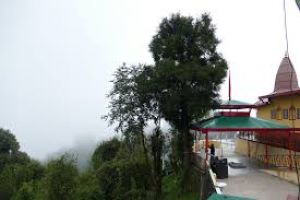
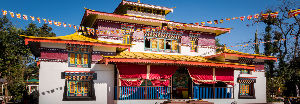
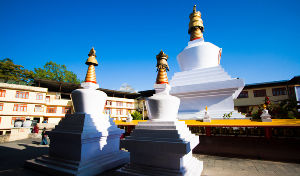
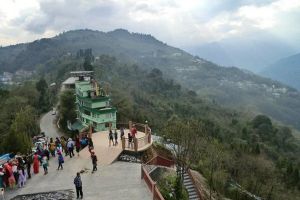
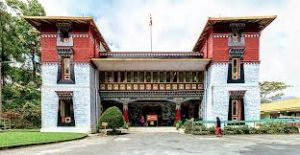
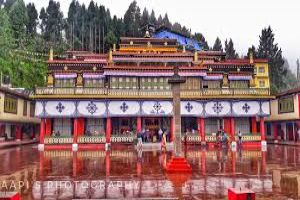
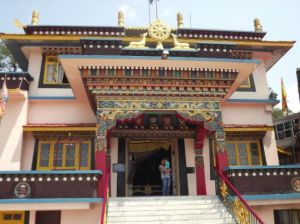
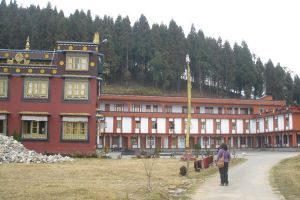
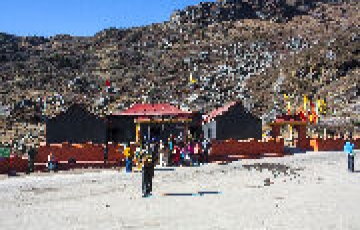
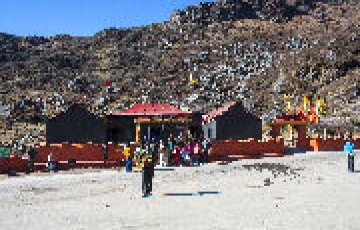
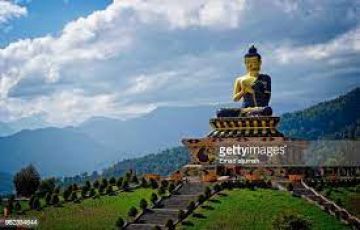
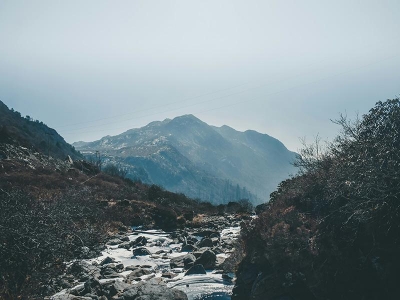
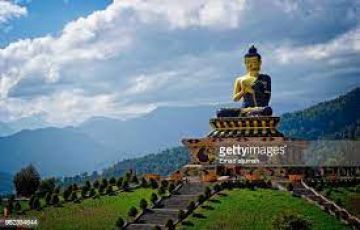
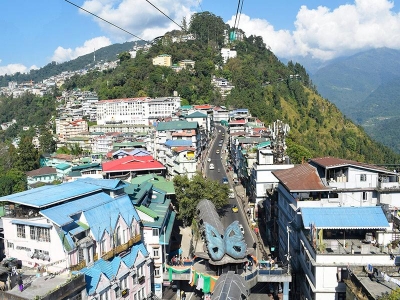
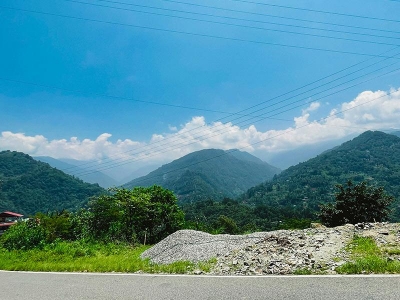
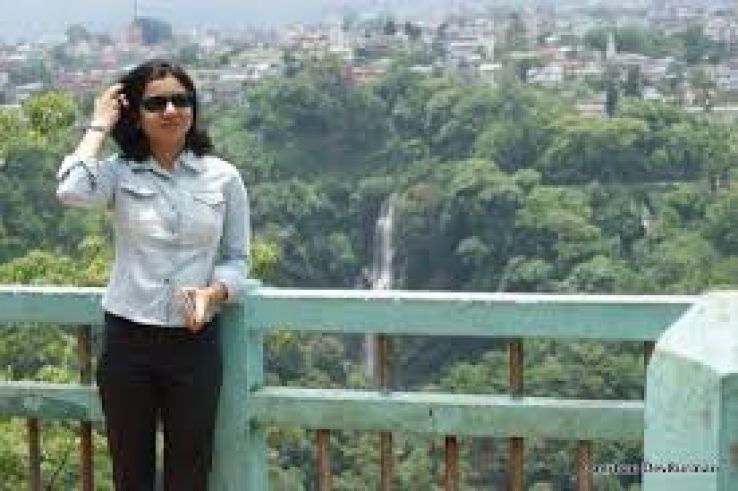
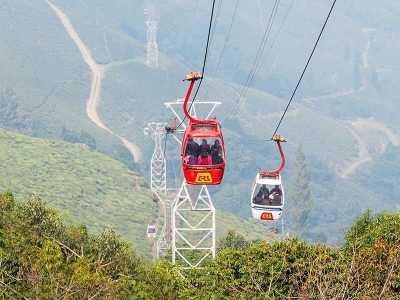
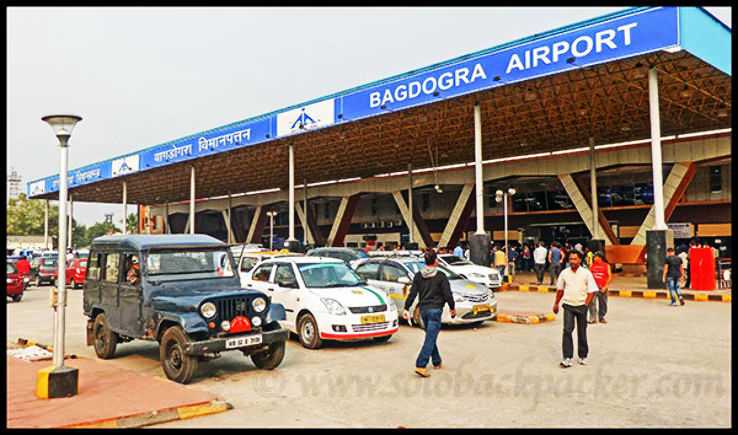
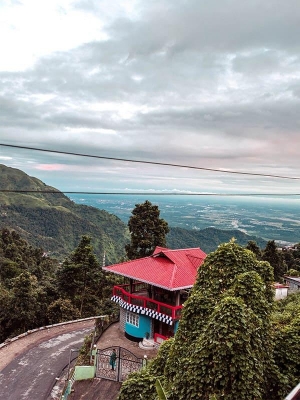
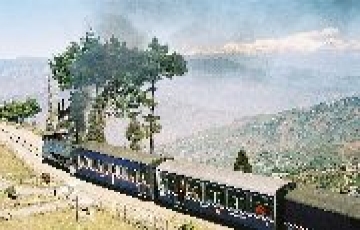

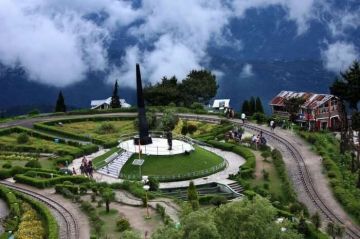
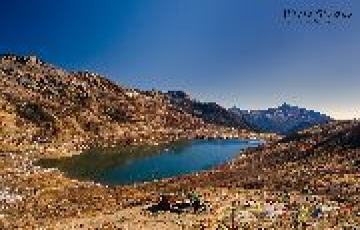
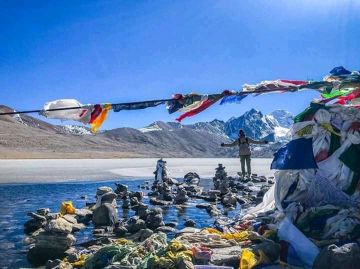
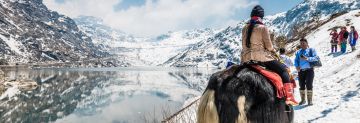
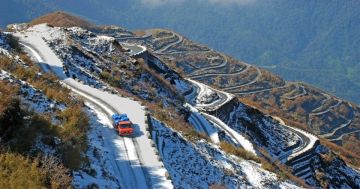
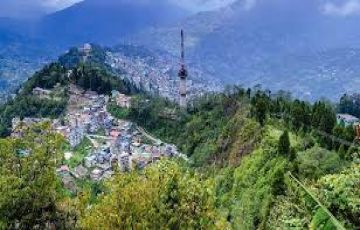
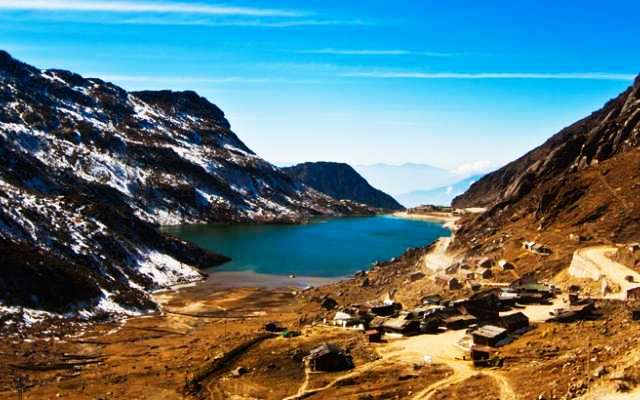
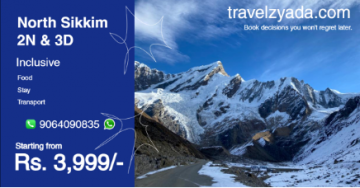
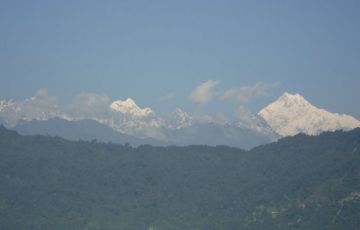
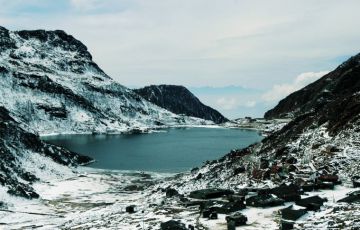
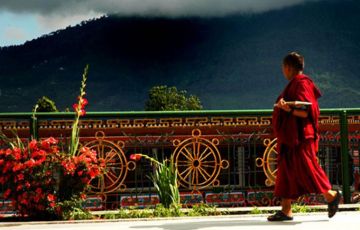
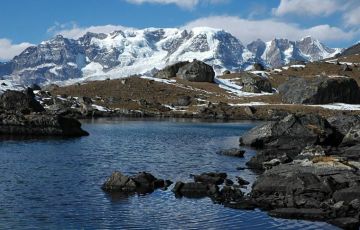
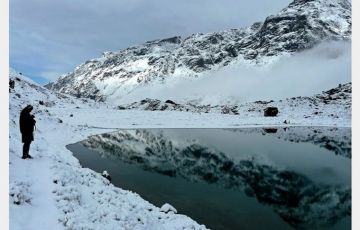
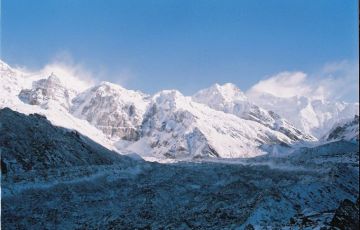
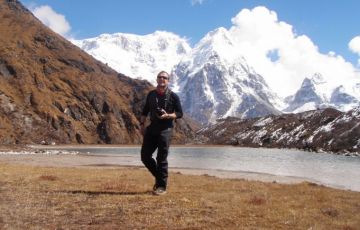
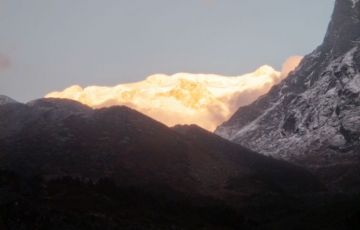
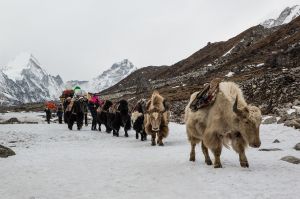
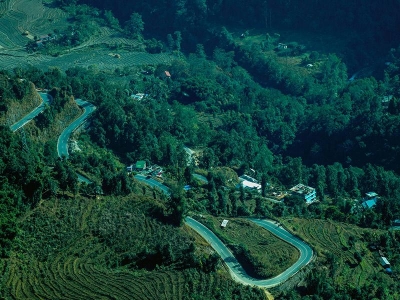
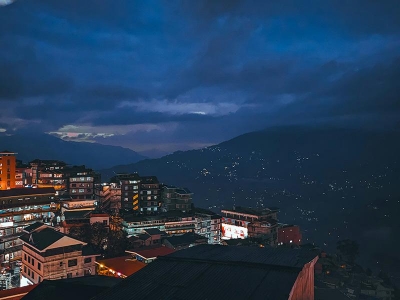
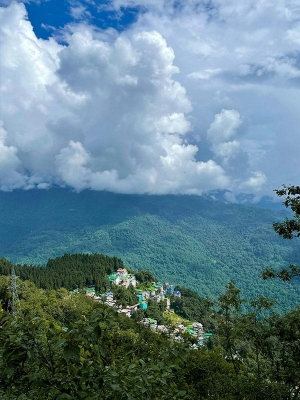

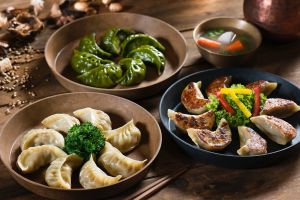
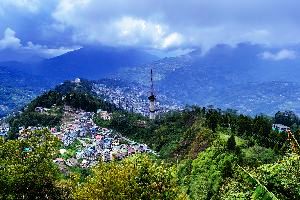
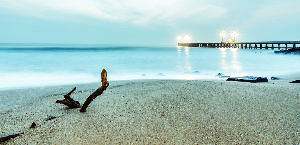
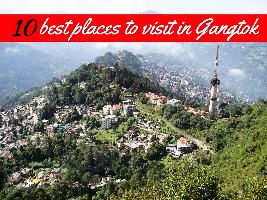
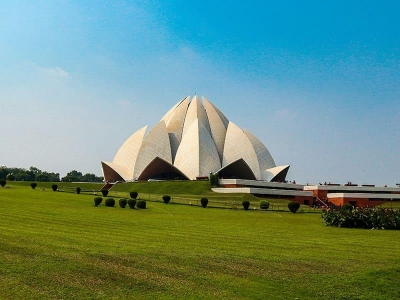
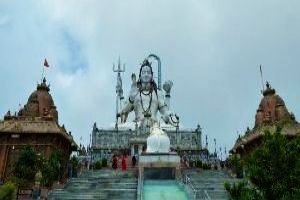
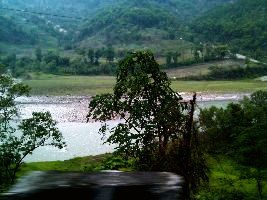
_1508916744m.jpg)
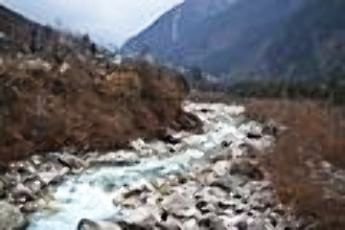
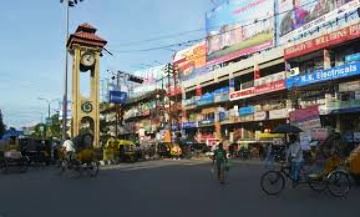
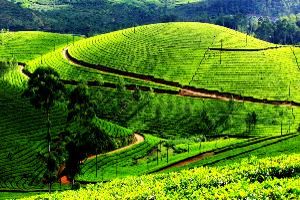
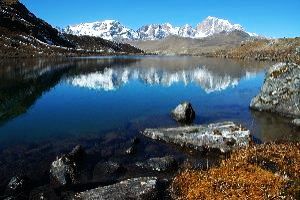
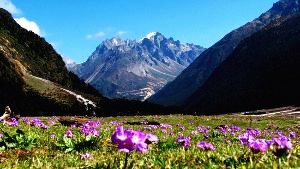
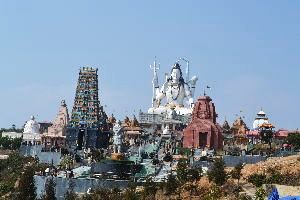
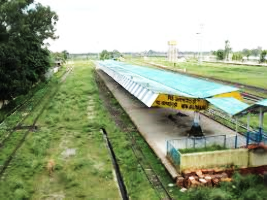
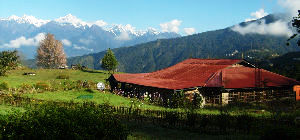
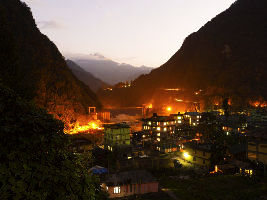
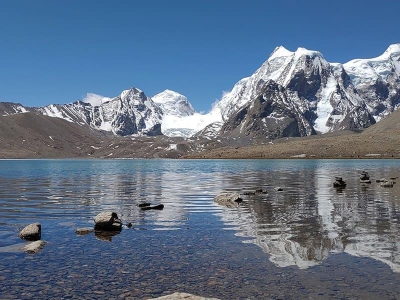
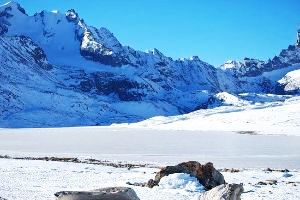
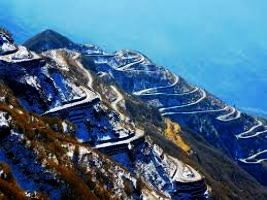
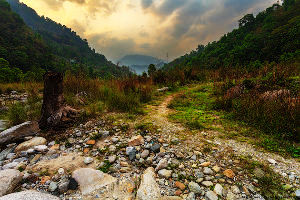
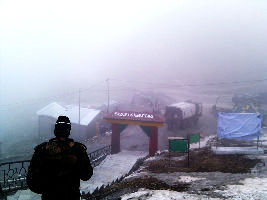
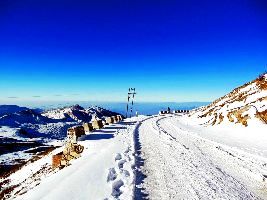
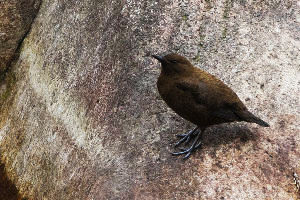
_1509289756m.jpg)
